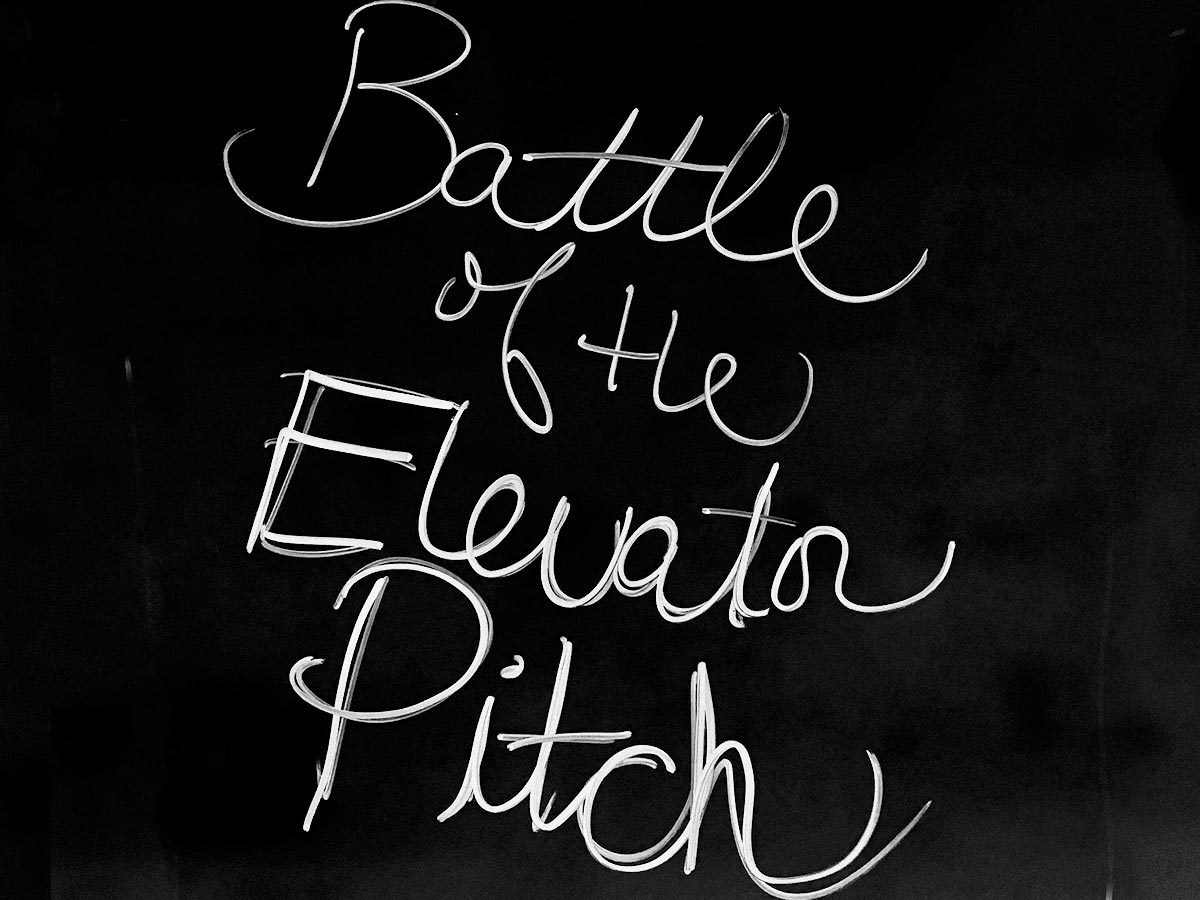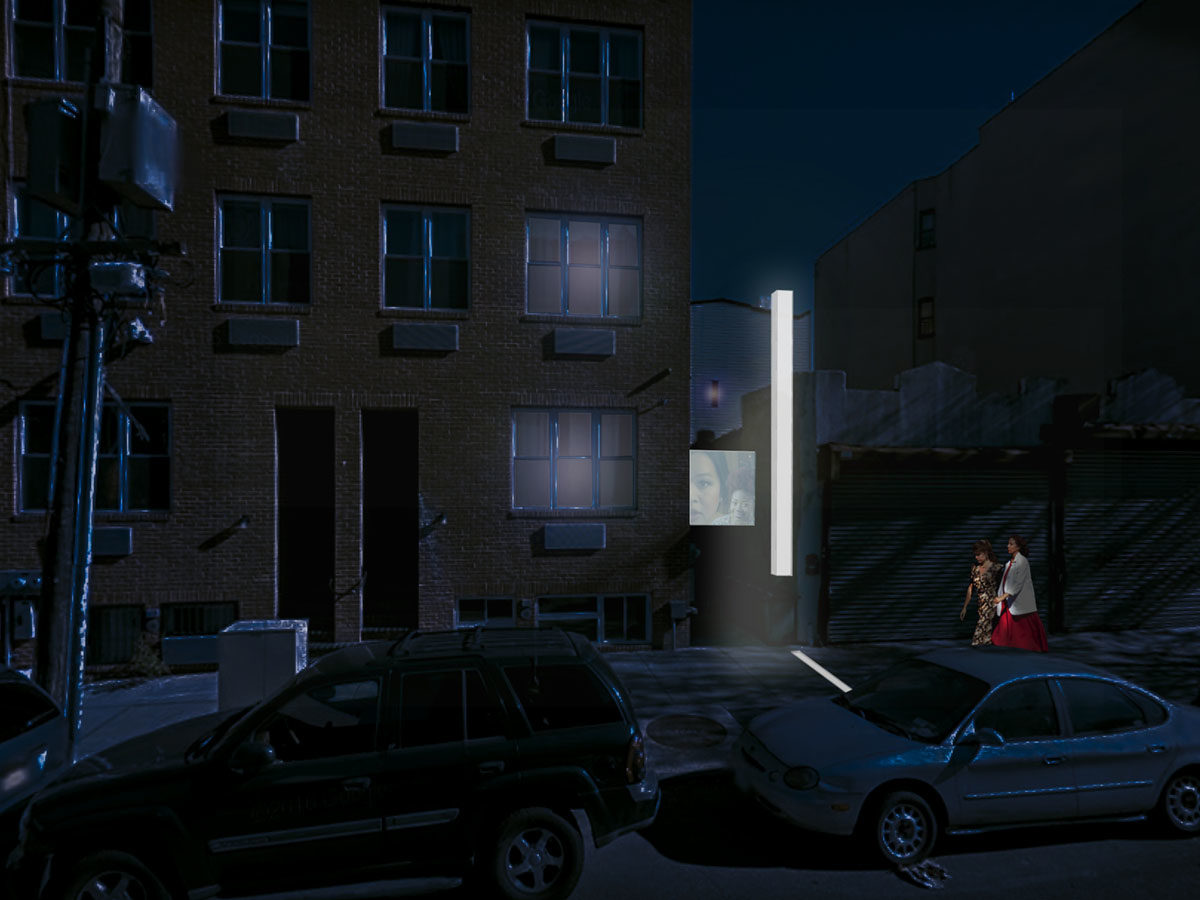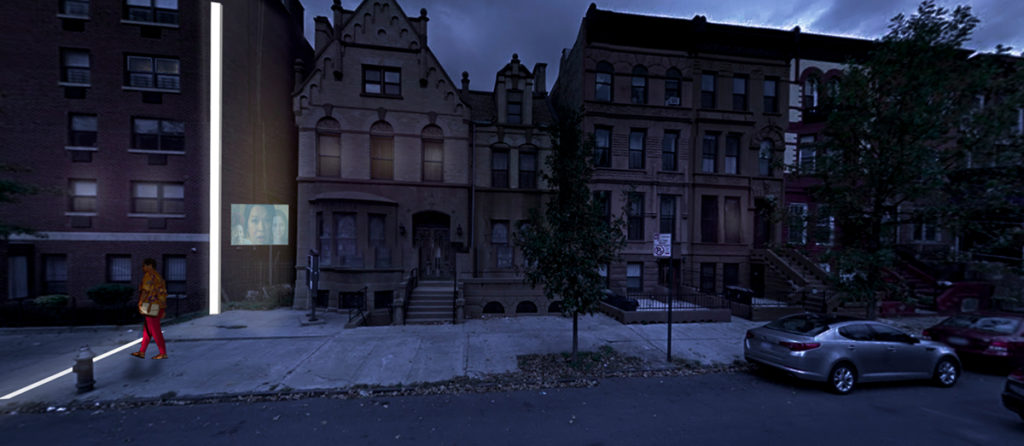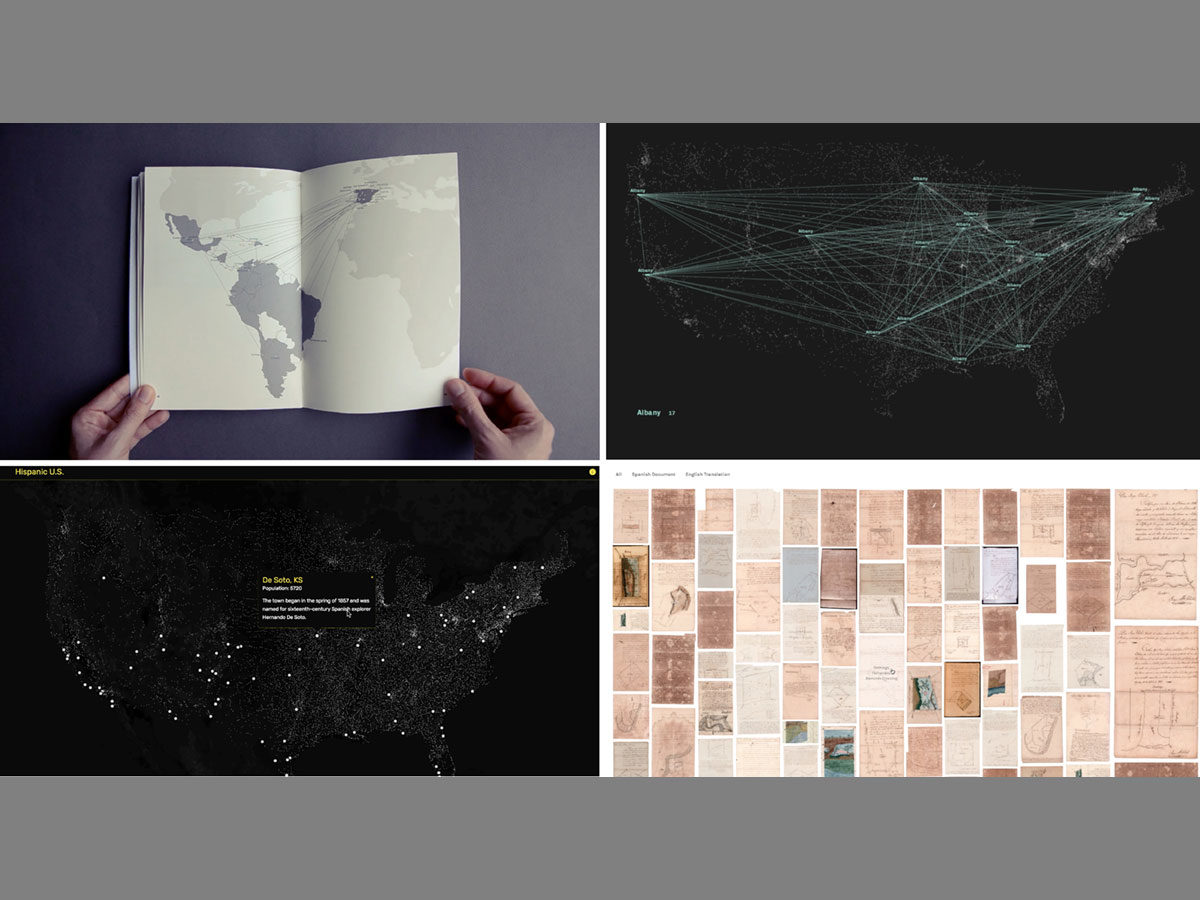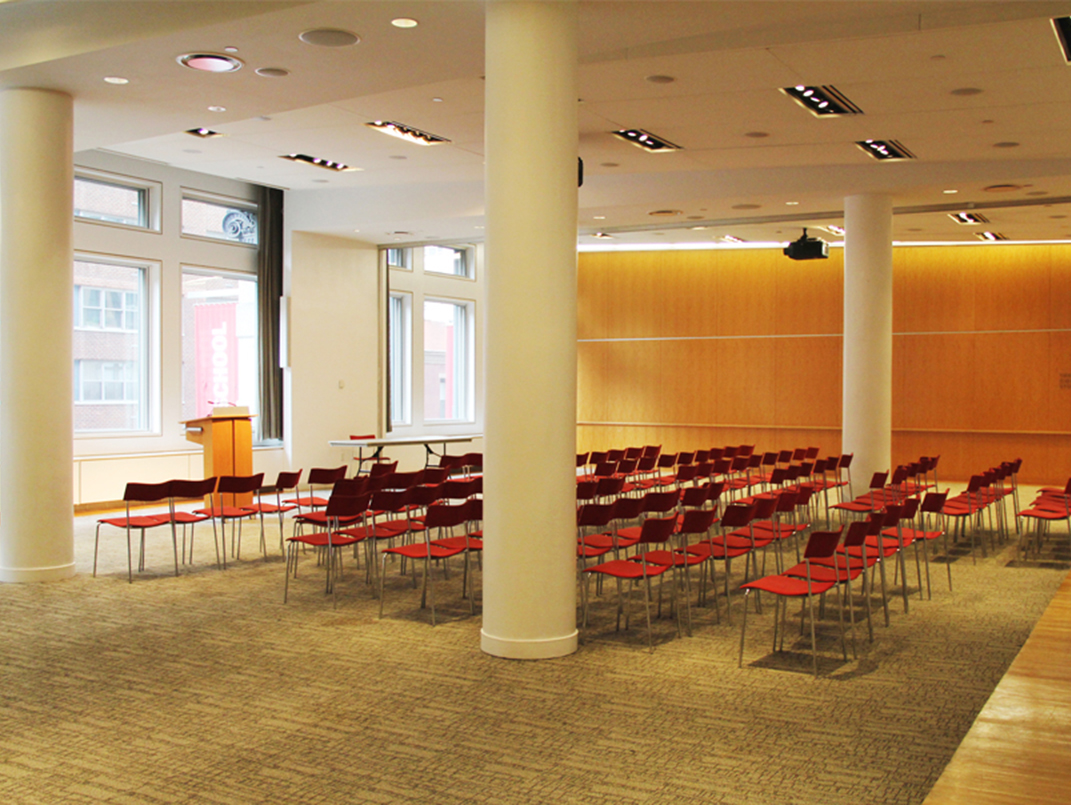Holly Tienken
Assistant Professor
Communication Design
Kutztown University
When completing my BFA in Communication Design in the late 90’s, I felt 100% prepared to enter the professional world. Armed with a meticulously designed portfolio and ample technical skills, I hit the job market eager and willing to do whatever it took to land a job. Unfortunately, I found myself unprepared with necessary practical skill including interview techniques, contract reviews and salary negotiations.
My 20+ years in the industry working in a variety of settings including in-house, at small- and mid- sized agencies, and full-time freelancing have taught me numerous valuable lessons unrelated to pixels and printing. I believe experiencing both success and “failure” are necessary for healthy personal and professional growth—but with insight, many bumps and bruises can be avoided.
The course “Professional Practices” is designed to help bridge the gap from being a student to becoming a working professional. Course structure is varied and diverse including guest lectures from industry professionals; class exercises such as peer-to-peer interview prep and “Battle of the Elevator Pitch”; group discussions on topics such as salary negotiation, and understanding value and worth as a designer; and lectures on topics related to freelancing basics, cost of living, and job hunting strategies.
As the students embark on their career path the tools and knowledge gained will aid in navigating unfamiliar and sometime indimidating situation with more confidence and a defined direction. The objective is not only to help the students secure a job, but ultimately lead to an environment where they will thrive.
This research was presented at the Design Incubation Colloquium 4.4: Parsons Integrated Design on Thursday, June 14, 2018.
